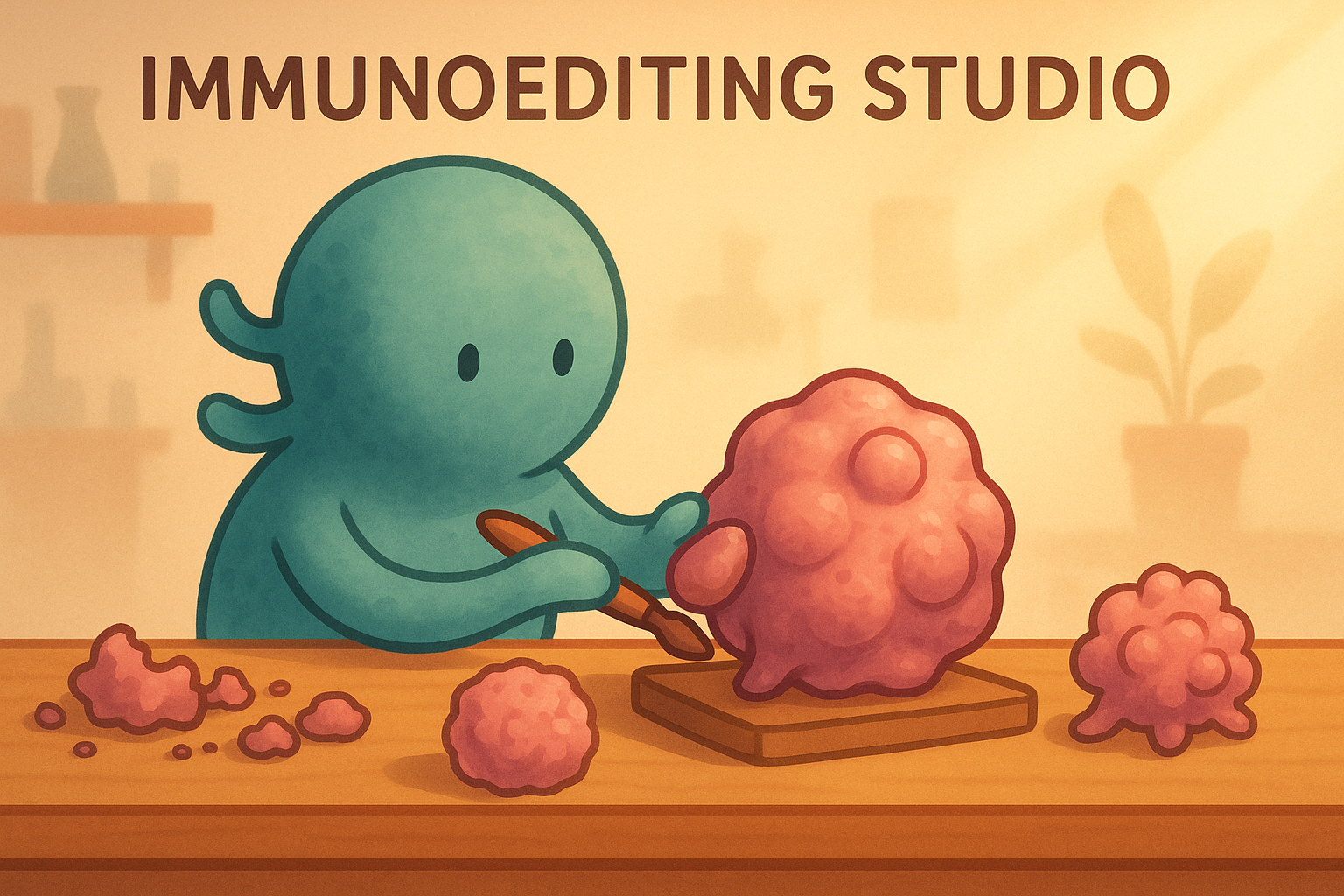Research highlights blog
These stories highlight how our models and discoveries are shaping cancer immunology and tolerance research.
When the immune system edits cancer out of existence.
Most models of cancer immunity focus on how T cells attack established tumors. In this Cancer Cell paper, we found that they also act much earlier—eliminating emerging cancers before they’re visible, redefining how immune pressure shapes tumor evolution.
KLF2 protects T cells from exhaustion
In chronic infection and cancer, T cells can become “exhausted” and lose their ability to fight. In our Science paper, we discovered that the transcription factor KLF2 helps preserve stem-like T cells, which are the critical population that responds to immunotherapy. This finding identifies KLF2 as a key safeguard of effective anti-tumor immunity.
How PD-1 maintains tolerance in skin
Using engineered antigens in the skin, we discovered how the PD-1 pathway prevents destructive T cell responses in healthy tissues. This paper in Nature provided insight into the same pathways that drive immune-related side effects of checkpoint therapy.
Saying HELLO to TFH cells
Why are TFH cells important in cancer? In this Cell paper we developed the HELLO model to show that B cells and TFH cells can play a surprising role in helping CD8 T cells fight cancer. By producing IL-21, TFH cells boosted the cytolytic activity of CD8 T cells, revealing a new layer of cooperation between immune cells inside tumors.
Organization of tertiary lymphoid structures
We showed that tertiary lymphoid structures (TLS) form specialized niches that bring together T cells, B cells, and stromal cells. These findings highlight TLS as a developmental feature of cancer — and a key site of anti-tumor immunity.
Tumor-draining lymph nodes as reservoirs for T cells
In lung cancer models, we demonstrated that the tumor-draining lymph node serves as a reservoir for stem-like CD8 T cells. These cells replenish exhausted populations in tumors and are essential for effective immunotherapy.
Engineering immunity with the NINJA system
In this Nature Biotechnology paper, we created the NINJA mouse, a model that allows precise, tunable antigen expression in vivo. This tool has become a foundation for studying how T cells respond to tumors, infections, and tolerance in a controlled way.







